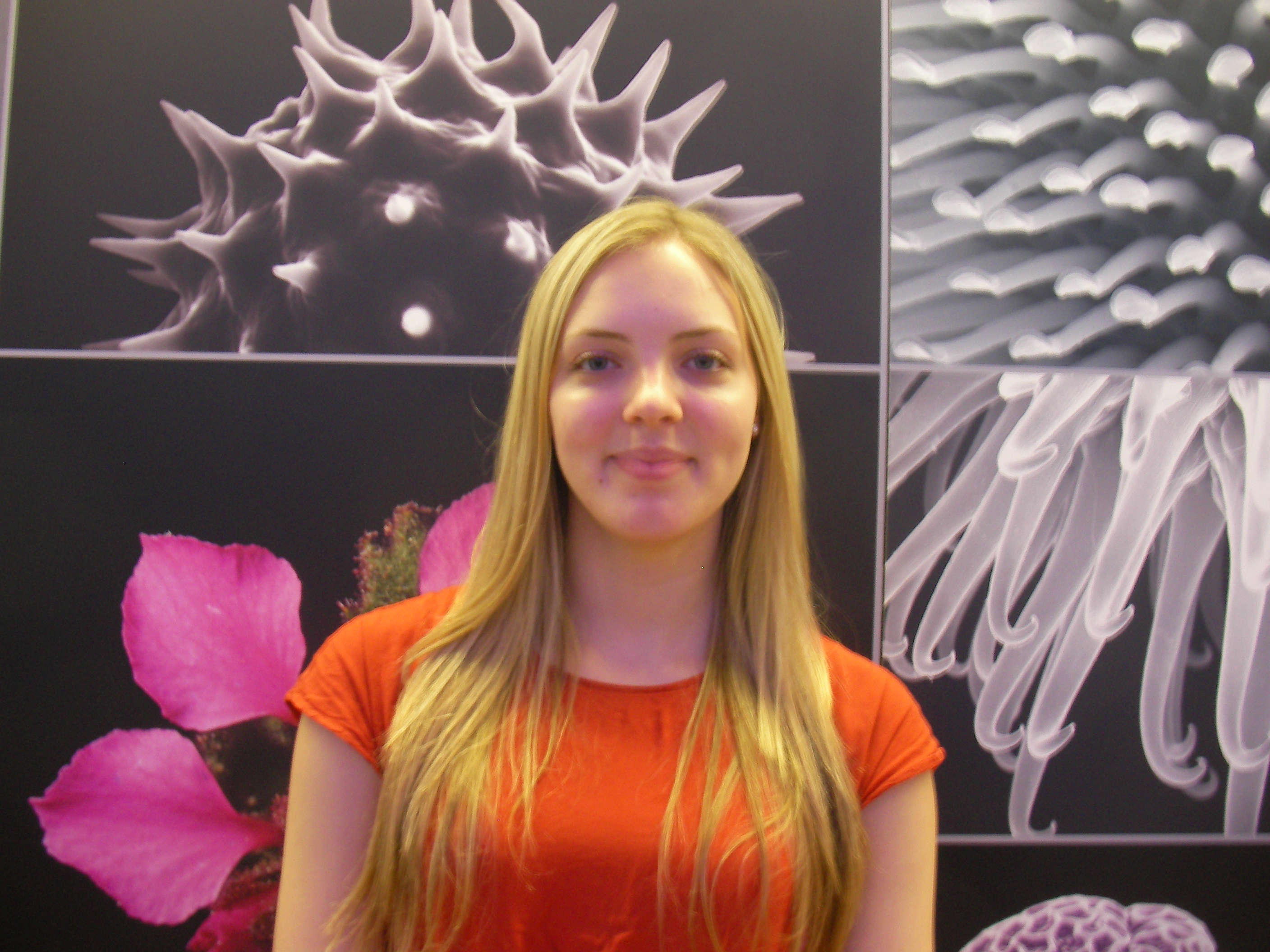Team:Glendale Community College
From 2013.igem.org
| Line 41: | Line 41: | ||
!align="center"|[[Team:Glendale_CC_AZ/Attributions|Attributions]] | !align="center"|[[Team:Glendale_CC_AZ/Attributions|Attributions]] | ||
|} | |} | ||
| - | + | ||
<html> | <html> | ||
Revision as of 16:57, 27 June 2013
This wiki is still under construction.
|
Project IdeasTimelime
Who we areGlendale Community CollegeiGEM. iGEM.
What we didIntroductionIn the past other teams (Osaka, University College London) have explored the resistance genes in the bacteria D. radiodurans. These resistance genes convey resilience against high levels of radiation, oxidative stress and desiccation in that the DNA repairs itself when damaged from these stressors. The interesting thing about these stressors is that the DNA repairs itself in the same way regardless of the type of stress. Simply put, the system responds to DNA damage and makes the necessary repairs. From here, the project first aims to provide extra validation data to those studies. Additionally the ultimate purpose of this iGEM project is to explore the resistance genes in a similar bacteria, Deinococcus hopiensis, as a novel source of these genes within the Deinococcus genus. For this purpose the project then uses the genes to transform a desiccation, radiation, and oxidative stress sensitive bacteria, E. coli to improve the robustness of the cells against the particular stressors of desiccation and oxidative stress. Question: Why not radiation?Answer: Safety clearance of the team does not warrant using high levels of radiation. Desiccation and oxidative stress were determined to be safely measurable stressors. Question: What applications can this have for real life?Answer: Desiccation resistance is a major problem in Arizona agriculture. Being able to use these genes possibly in plants may improve agriculture within the desert areas of the Southwest, Africa, and the Middle East. This could help ease the problems of world hunger if food crops are able to grow easier in arid climates. Additionally, radiation resistance is very important for space travel. Papers have been published talking about using the resistance genes in D. radiodurans for space travel and that way plants could be more easily grown in space travel.
Question: Why are you using materials from other teams?Answer: Firstly, in science, adding validation data is always a very important and welcome resource. In addition to the validation data, the main goal of the project is to look for these same genes in a sister bacteria and see if those genes convey the same resistance. Where we're fromGlendale Community CollegeiGEM.
TESTS:
More InformationHello. COLORS & BOXES Colors
TABLES Boxes
|
 "
"



